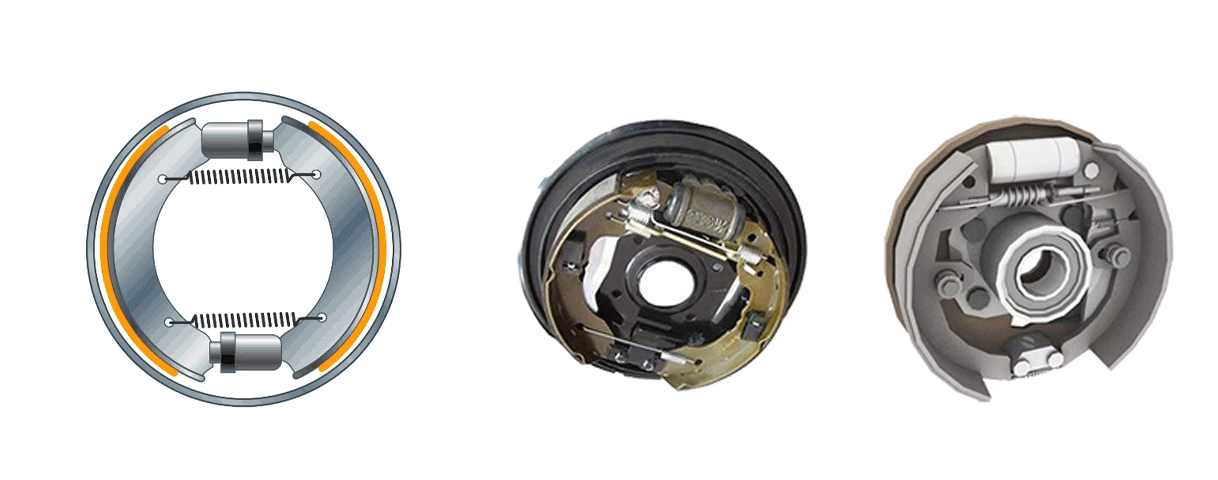Brake springs are often overlooked in braking systems, yet they perform essential functions that ensure safe, efficient, and reliable vehicle operation. From maintaining proper shoe alignment to ensuring brake release, different types of brake springs are tailored for specific mechanisms. This article explores the three primary types: drum brake return springs, parking brake springs, and disc brake caliper piston return springs.
1. Drum Brake Return Springs
Drum brake return springs are responsible for retracting the brake shoes after the brake pedal is released.
🔧 Function
-
Pull the brake shoes away from the drum to avoid drag and overheating.
-
Maintain proper shoe-to-drum clearance.
-
Prevent premature lining wear and energy loss.
⚙️ Performance Characteristics
-
Must withstand high cyclic fatigue due to frequent braking.
-
Require high-tensile spring steel with consistent load-deflection characteristics.
-
Precise spring force calibration prevents uneven braking.
🔍 Common Issues When Worn or Failing
-
Brakes may not fully release.
-
Increased fuel consumption due to drag.
-
Uneven brake wear or pulling during braking.

2. Parking Brake Springs (Tension and Torsion Types)
Parking brake springs provide the mechanical holding force that keeps a stationary vehicle securely braked without hydraulic pressure.
🔧 Function
-
Apply tension or torque to keep the parking brake engaged when set.
-
Assist in disengagement when the lever or button is released.
-
Hold the parking mechanism under load, especially on inclines.
⚙️ Design Requirements
-
Must retain strength over long static periods.
-
Corrosion resistance is critical, especially in exposed underbody applications.
-
Often integrated with cable linkages, drum assemblies, or electronic actuators.
🚗 Typical Applications
-
Lever-actuated hand brakes (cable-based).
-
Foot pedal parking brakes.
-
EPB (electronic parking brake) actuators.
3. Disc Brake Caliper Piston Return Springs
In certain floating or sliding caliper disc brake designs, piston return springs are used to restore the piston position after brake application.
🔧 Function
-
Gently retract the piston to relieve pad pressure after braking.
-
Reduce residual drag between the pad and rotor.
-
Enhance fuel efficiency and prevent overheating.
⚙️ Design Insights
-
Typically compact and embedded within the caliper.
-
Operate with small deflections but must provide consistent force.
-
Help maintain proper brake pad clearance for optimal response time.
🛠 Performance Focus
-
Made from heat-treated stainless or silicon-chrome steel.
-
Must function in high-temperature, corrosive environments.
-
Precision tolerances are essential to ensure smooth piston retraction without noise or vibration.

Braking Efficiency Starts with the Spring
While often hidden behind more prominent brake components, springs in drum, disc, and parking brake systems are fundamental to safe vehicle operation. Their design, fatigue strength, and consistency ensure that brake systems engage and disengage properly, reducing wear, energy loss, and safety risks.
In brake system procurement or engineering design, specifying the correct type of spring based on application environment, fatigue life, and mechanical precision is critical. Investing in quality brake springs is investing in control, safety, and system longevity.
